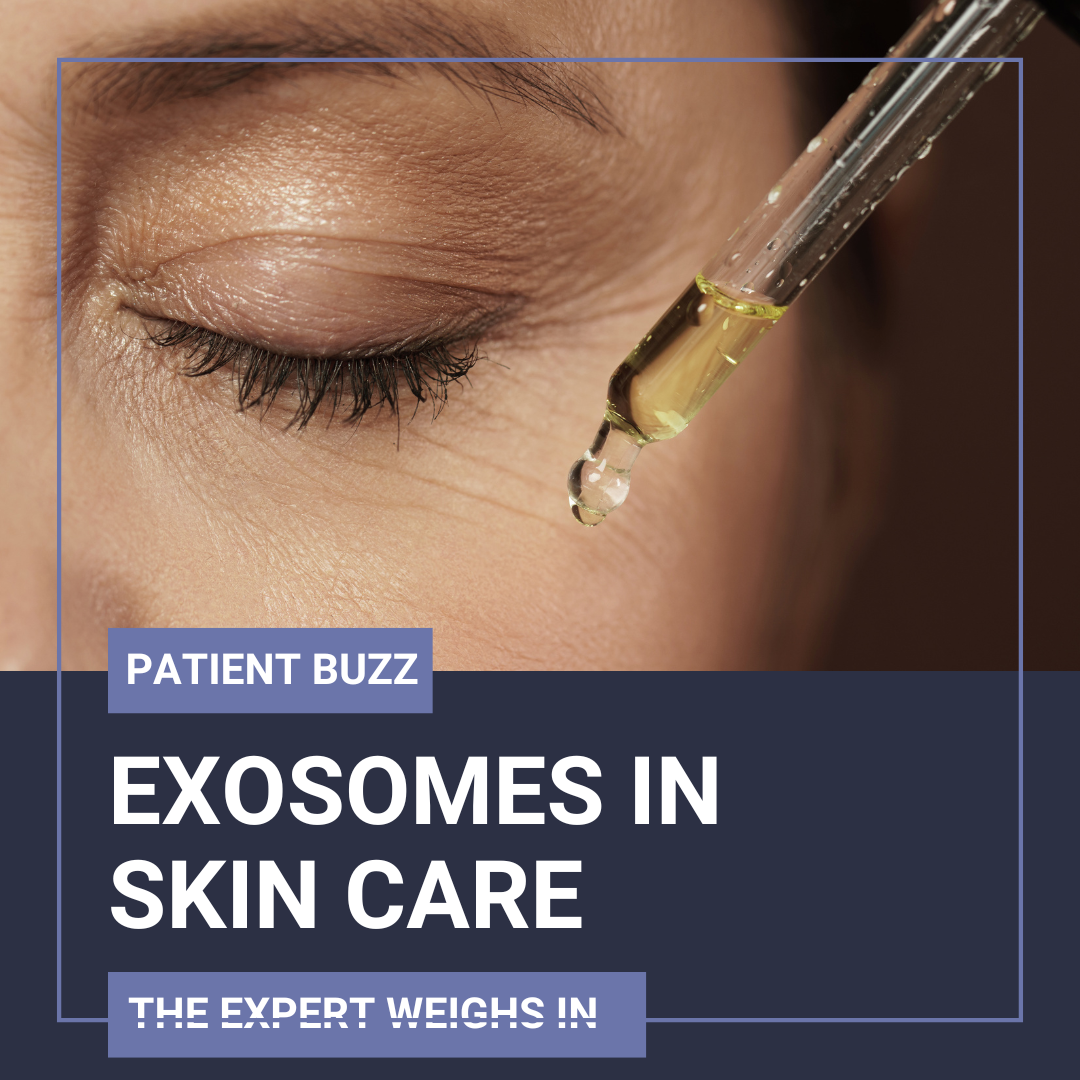First for Women recently posted an article about exosomes in skin care. Serums, creams and other products containing exosomes are now available to consumers. What are exosomes, and what are their benefits when used in skincare products? How many exosomes aid in procedural treatments?
For an expert’s take, I reached out to Zoe D. Draelos, MD, president of Dermatology Consulting Services in High Point, N.C.
What are exosomes?
Exosomes are nanosized spherical extracellular vesicles 30-150nm in diameter functioning in signaling pathways between cells by carrying and protecting mRNA, miRNA and proteins.
How were exosomes discovered?
Exosomes were discovered 30 years ago and were identified as extracellular vesicles expelled by exocytosis. They were thought to function as a method of cellular waste disposal; however, we now understand their importance in transferring molecules between cells.
What are the benefits of exosomes?
Exosomes are beneficial because they deliver mRNA, miRNA, DNA, lipids and proteins directly to skin cells possibly improving cellular regeneration, immune response modulation and tissue repair.
Which skin conditions would most benefit from using products with exosomes?
The composition and mode of action of exosomes offers an opportunity to address the complex mechanisms of skin aging. Theoretically, exosomes containing mRNA and miRNA could reprogram aging cells to act more youthfully.
What are the cautions of using exosomes in skin care?
There are many different source of exosomes used in skin care products. The source of the exosomes is a critical to their effectiveness. Currently available exosome sources include platelets, adipose tissue, bone marrow, placenta, umbilical cord and dermal fibroblasts. Exosomes must be placed in carefully formulated vehicles for topical application. It is possible that the exosomes went into the bottle, but do not come out of the bottle when topically applied.
How may a dermatology clinician use exosomes in conjunction with procedural treatments?
Exosomes are found in platelet rich plasma (PRP). As a matter of fact, exosomes may account for the efficacy of PRP in the treatment of wound healing, androgenetic alopecia and aging. Dermatologists are using PRP via topical application, microneedling and injection for many rejuvenative purposes.
What else should dermatology clinicians know about exosomes?
Exosomes are ubiquitous in the human body. They are produced by every cell in the body and have been recovered in almost every biological body fluid. Exosomes have the potential to function as potent modulators of skin disease and health.
Did you enjoy this Patient Buzz Expert Commentary? You can find more here.

